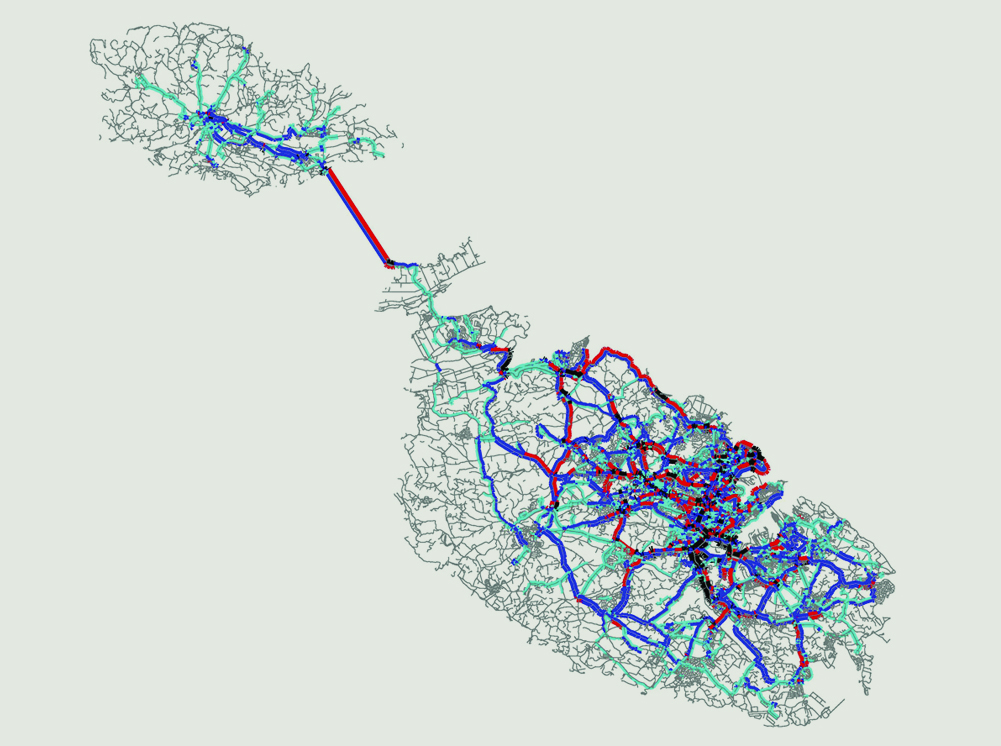Expertise
planning projects around the globe
thanks to various expertise
Transport Infrastructure Planning

We underpin Transport Infrastructure Planning with an in-depth empirical research and analysis of local characteristics through on-site surveys in order to establish a consolidated baseline supported with quantitative traffic data. Macroeconomic analysis constitutes another key component aimed to ensure economic and financial feasibility based on passenger and freight demand analysis, cost analysis and resulting key performance and economic indicators.
Transport Infrastructure Planning requires a rigorous and methodical approach for achieving a balanced transportation network and a well-integrated mobility system.
National and Regional Transport Planning
Infrastructure Feasibility Studies
Freight Transport
Due diligence and Peer Reviewing
Strategic Traffic and Revenue Advisory
Urban Mobility Engineering

Current urban challenges, due to high demand pressure on mobility networks in cities, pose a call in devising methods for setting principles and priorities for targeting sustainable growth and adequate performance levels in an era of scarce resources, uncontrolled growth and social exclusion.
We consider that Urban Mobility Engineering is crucial in supporting sound urbanism through the provision of a multi-modal and efficient response to current and future mobility needs of people and businesses. Urban Mobility Engineering is also fundamental to set out a comprehensive and evidence-based policy framework aimed at seeking the sustainable growth of our cities.
Traffic Data Analysis
Development Access and Mobility Studies
Traffic Impact Studies
Parking Studies
Innovative Mobility Technologies
People Movement Analysis

Analysing and mapping people’s movements constitute a multi-fold task, given the complexity in forecasting and reconstructing mobility flow patterns. This encompasses analysis of spatial characteristics, functional distribution, complex pedestrian flow modelling and analysis proved to be crucial for a number of major industries such as transport hubs, high-rise buildings, mass events, shopping centres and world expositions.
Walking is undoubtedly the most primitive, fastest and most convenient mode of transport for short-distance trips at every scale. Our mission is to preserve this while seeking the right balance between all transit modes and setting the principles for a walkable environment.